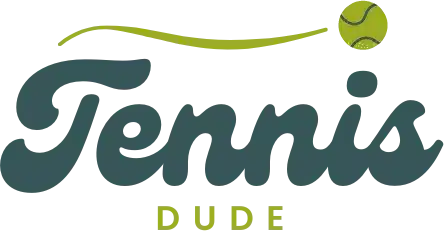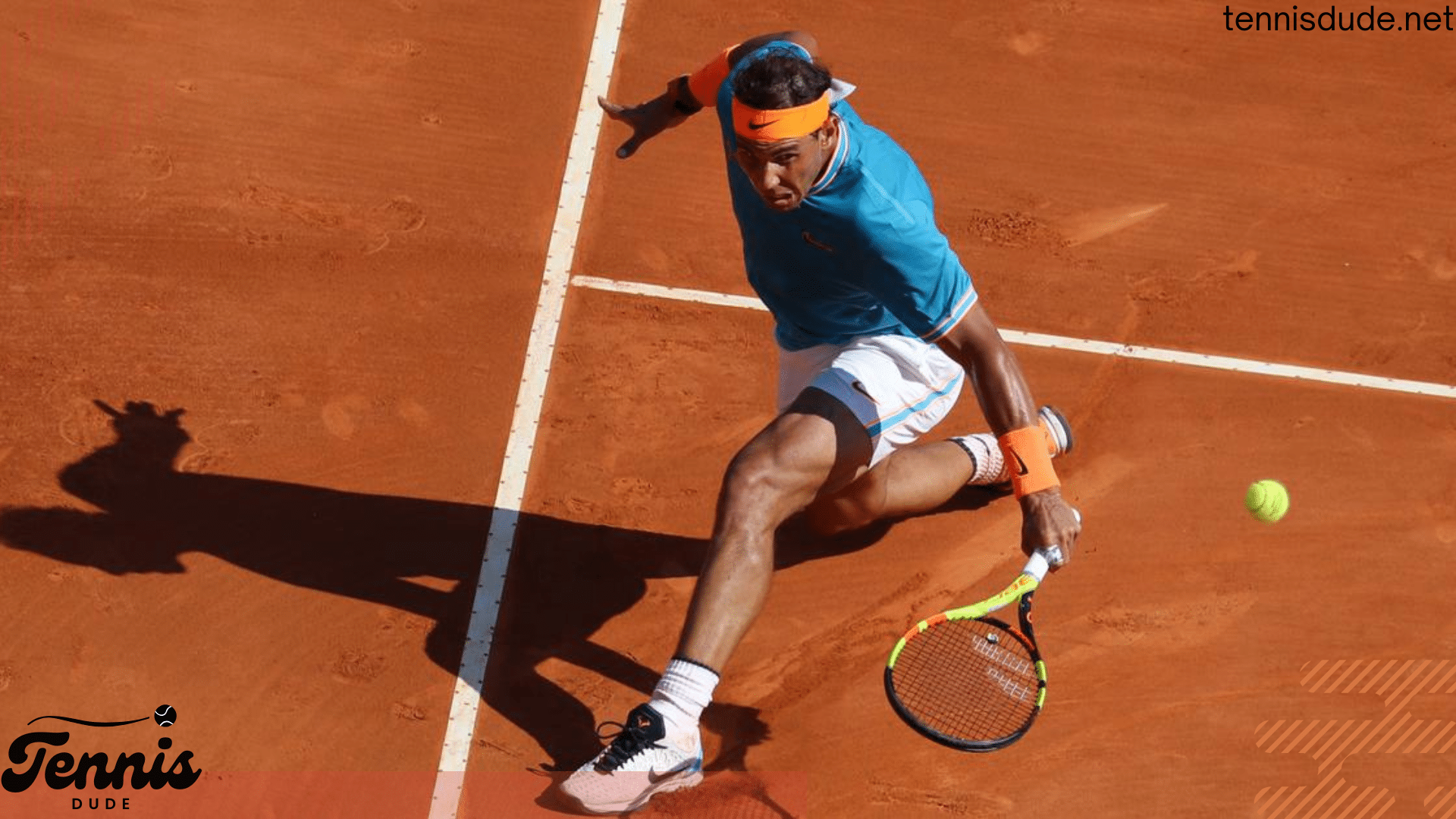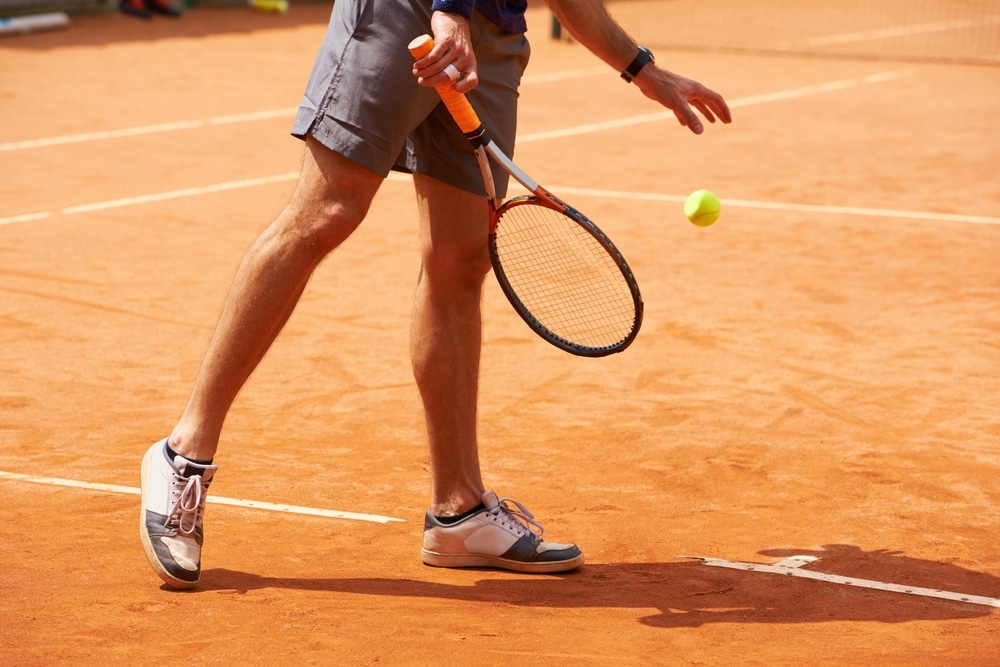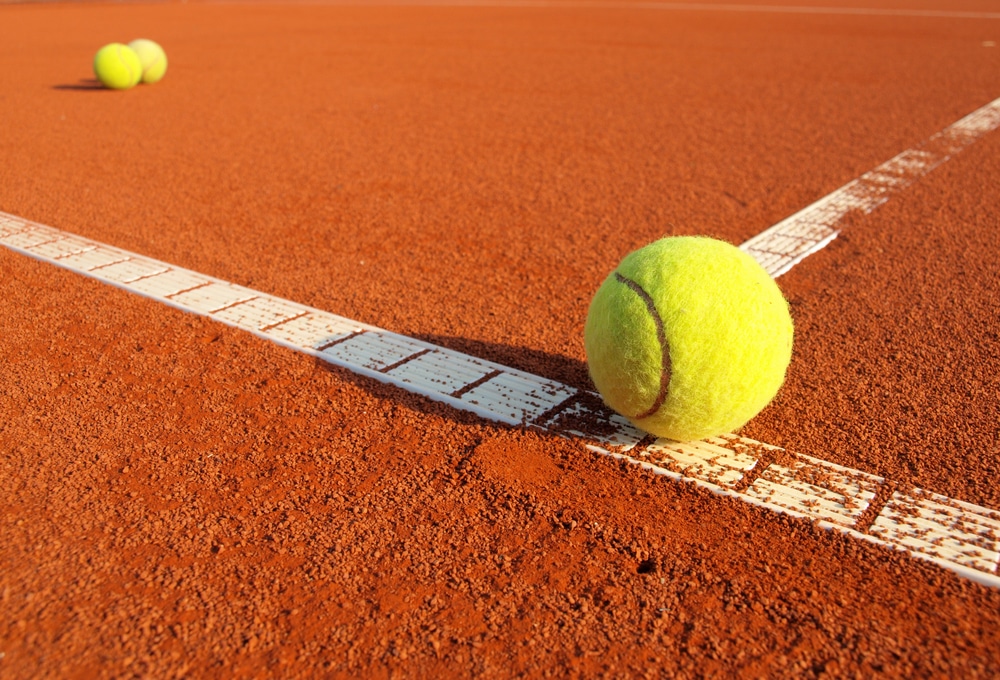Table of Contents
Imagine stepping onto the court, the clay beneath your feet ready to move with your every step as you prepare to outlast, outplay, and outsmart your opponent. The charm of the clay court lies not just in its beauty, but in how it pushes you to be smarter, more strategic, and patient. Every slide, every shot, every point requires a deeper understanding of the game – and that’s where the magic happens. In this article, we’re going to share proven clay tennis strategies that will help you master the unique challenges of this surface and improve your overall game. Whether you’re looking to improve your footwork, read the bounce of the ball, or build mental strength, these tips will give you the edge you need to unleash your skills like never before. It’s time to make the clay court your favorite place to play – are you ready to take on the challenge? Let’s get started!
Patience is Key
In tennis, red clay courts require patience, quick shots, and good movement. Every movement unfolds on the soft, yielding surface like a beautiful dance as the player’s closest companion; patience provides well-thought-out guidance for each step. Success on these courts requires a systematic approach, sculpting each point with finesse and technique, much like molding clay. Carelessness creates mistakes; patience fosters opportunity. Victories are crafted in the waiting, in the constant build-up of pressure. Patience is the key to winning on the red clay, as it unlocks the route amidst the dust and resolves.
Slide Into Position
It captures the skill and subtlety of playing tennis on green clay surfaces. Players appreciate the special advantages and challenges of the clay court as soon as they set foot on it. The surface requires skill and accuracy; a successful shot depends on every sliding into place. Players are forced to quickly adjust their strategies due to the unpredictable aspect added by the clay’s roughness. Every move—from baseline battles to net rushes—must be carefully considered on the clay’s soft yet difficult surface. Competitors become experts at slipping into positions with ease, using the court’s unique properties to confuse opponents and win on the famous green clay.
Use Topspin
Using topspin is essential, particularly on clay tennis courts such as the famous red brick terrains occupied by Rafael Nadal. This spin move is quite effective on slower surfaces, such as clay, as it involves stroking the ball upwards, which causes it to dip suddenly. Nadal’s supremacy on these courts has been primarily attributed to his mastery of topspin, which enables him to produce great bounce and control, frustrating rivals and controlling play. He can retain the ball more profoundly in the court because of the powerful topspin, which helps him take advantage of the surface’s properties and frequently pushes opponents past their breaking point, further cementing his reputation as the “King of Clay.”
Target the Lines
The phrase “Target the Lines” reverberates across the clay tennis courts, particularly during the Australian Open when every daring ball and quick serve causes the brick dust to swirl. Here, accuracy is essential on these clay surfaces. Players use the rough terrain to their advantage as they carefully seek to touch the lines. Every stroke causes the ball to slip low, making it difficult for opponents to predict and respond quickly. The clay courts of the Australian Open require skill and technique from players as they move around the distinctive surface, which they use to add spin and control. Here, the opponent is other players and the clay’s unpredictable character.
Play Percentage Tennis
A game plan that optimizes efficiency and reduces unforced errors is necessary when playing high-percentage tennis on clay surfaces, especially on Har-Tru courts. Tennis legend Serena Williams perfectly captures this approach with her skill on clay tennis court. On clay, high-percentage tennis requires a combination of intentional aggression, consistency, and patience.
Because clay courts move more slowly than other surfaces, players have more time to set up shots and build points. Players like Serena use skillful shot placement and selection to outplay their opponents rather than depending only on forceful tactics. They induce mistakes from their opponents by methodically building points instead of aiming for low-percentage winners.
A high percentage of tennis works, as seen in Serena’s success on clay. She plays a strong defensive game and uses her opponent’s weaknesses to force mistakes and seize openings when they present themselves.
Because of their distinct surface composition, Har-Tru courts allow players to play at a somewhat quicker tempo than typical clay courts. Nonetheless, the fundamentals of high-percentage tennis continue to be crucial. To control rallies and dictate play, players still need to focus on consistency and making wise shot choices.
Serena Williams and other players who combine patience and aggression are examples of what it takes to play high-percentage tennis on clay, especially on Har-Tru surfaces. This technique not only helps a player achieve victory on the scoreboard but also demonstrates their tactical skill and flexibility.
Mix Up Your Shots
Acquiring proficiency in multiple shots is crucial for success in the ever-changing realm of tennis, especially when playing on clay tennis court. The clay surface requires flexibility and skill therefore it’s imperative to vary your shots well.
First of all, using a mix of slice and topspin can be very successful. By applying significant rotation to the ball, you can make it bounce higher and possibly disrupt your opponent’s timing by using topspin shots. By using slice strokes, on the other hand, you keep the ball low and skidding off the court, which makes it difficult for your opponent to produce power.
Second, you can throw your opponent off-balance by changing the tempo of your shots. Altering between shots that are strong and forceful and ones that are gentler and more controlled might throw off their rhythm and cause mistakes.
Lobs and drop shots can also add even more unpredictability to your game. Drop shots can surprise opponents, particularly on the slower clay surface, but well-executed lobs can take advantage of their placement and compel them to back off.
It’s important to vary your shots when playing clay tennis since these conditions often result in longer matches and more intense point battles. A broad range of strategies can help you gain the upper hand in critical situations and keep your opponent guessing.
Stay Mentally Tough
In sports competitions, mental toughness is as important as physical ability, particularly on the demanding clay tennis court. Athletes must develop adaptation, durability, and focus to succeed in the game.
A key component of mental toughness is resilience. It’s the capacity to recover from failures, be they lost games or missed shots. Resilient players don’t linger on past mistakes; instead, they see them as teaching moments that strengthen their will to improve.
Concentration is another crucial quality. Concentration is crucial on a clay court because of the length and arduousness of the points. In order to respond quickly to every ball, players must tune out outside distractions and maintain complete focus on the game.
To succeed in the unpredictable conditions of a clay court, one must be adaptable. The surface’s unique playing characteristics require longer rallies and cautious shot placement. Players with mental toughness rise to the challenge, adapting their strategy and game plan accordingly.
Essentially, resilience, attention, and adaptability are necessary for maintaining mental toughness on a clay tennis court. Athletes can develop these abilities to clear their road to victory by overcoming mental barriers in addition to the physical difficulties of the game.
Serve smart
To play at your best on clay tennis court, you must adopt a strategic mindset. In contrast to other surfaces, clay presents certain difficulties and opportunities. Focus on accuracy and flexibility when serving wisely on clay.
Start by modifying your serving style to fit the surface. When clay slows down the ball, opponents have more time to respond. Aim for higher ball tosses and emphasize topspin to guarantee clearance over the net and accurate placement. Aim for wider angles to take advantage of the slower pace of the surface and open gaps in your opponent’s defense.
Second, make the most of the surface’s features. Clay has more bounce so that you can serve more forcefully. Playing about with a kick takes advantage of this bounce and makes it harder for opponents to return efficiently. Slicing serves into your play can also be beneficial because the ball stays lower, making it more difficult for opponents to handle—especially on clay.
Finally, keep your approach flexible. The vast range of clay conditions influences ball bounce and speed. Be flexible; modify your serves in response to opponent reactions and court conditions. On clay, rallies typically last longer, so be patient. You can obtain an important edge on clay tennis courts by serving carefully and remaining adaptable, increasing your chances of winning.
Conclusion
In conclusion, mastering the challenges of playing on clay courts requires a combination of strategic thinking, physical skill, and mental toughness. Patience is essential, as the slower surface demands careful shot selection and positioning. Using topspin, targeting the lines, and playing high-percentage tennis will help you dictate rallies and control the pace of the game. Mixing up your shots and varying your tempo keeps your opponent off balance, while mental resilience ensures you stay focused and adaptable during long points. Finally, a smart serving strategy that leverages the unique characteristics of clay can give you the edge. With practice and perseverance, you can turn the clay court into your playground and elevate your game to new heights.






